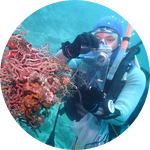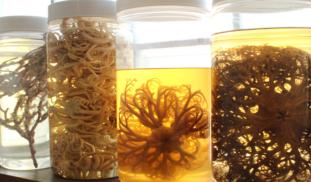Please wait...
About This Project
The deep sea brittle star or Asteronyx loveni collections at the Muséum national d'Histoire naturelle in Paris and the Swedish Museum of Natural History in Stockholm have never been sequenced. The museum specimens were collected from the South-Pacific Ocean/Antarctic Ocean and Atlantic/North Sea. I will go to Europe to collect samples to sequence the mitochondrial COI DNA region of up to 100 specimens. The mitochondrial COI DNA region may reveal new species of deep sea brittle star.






